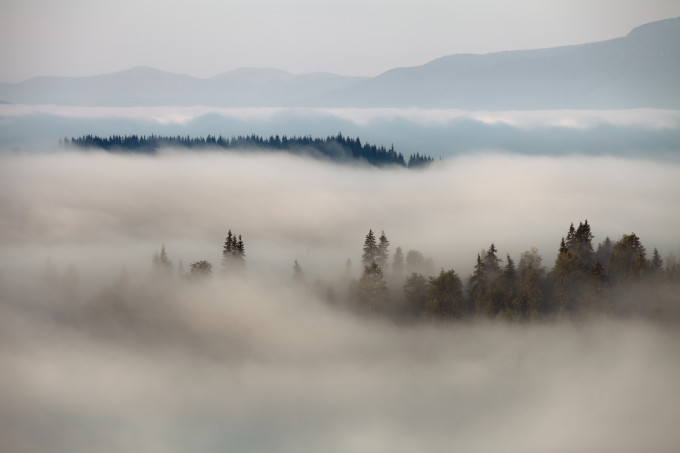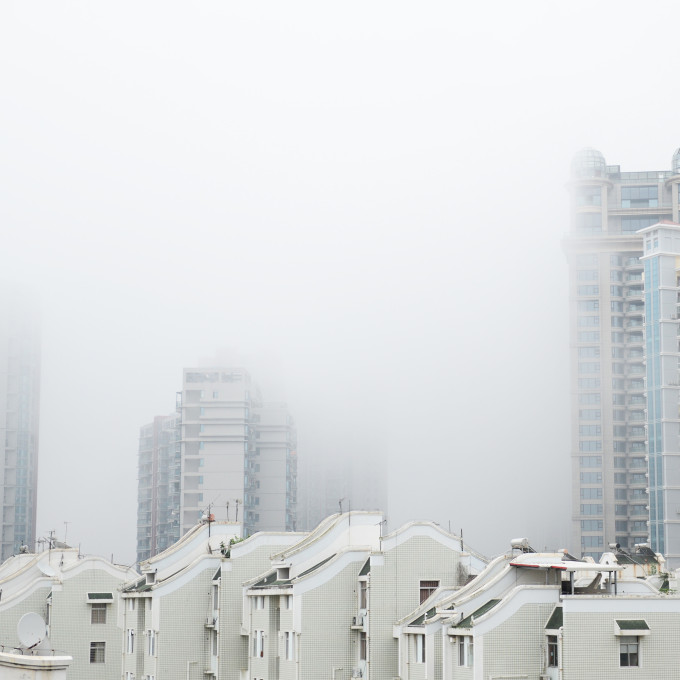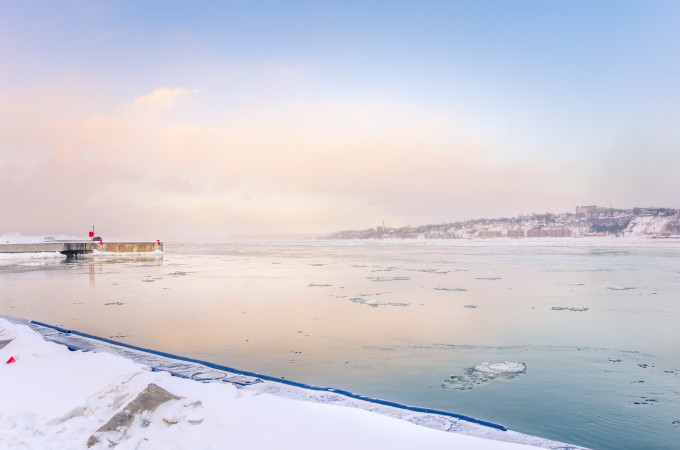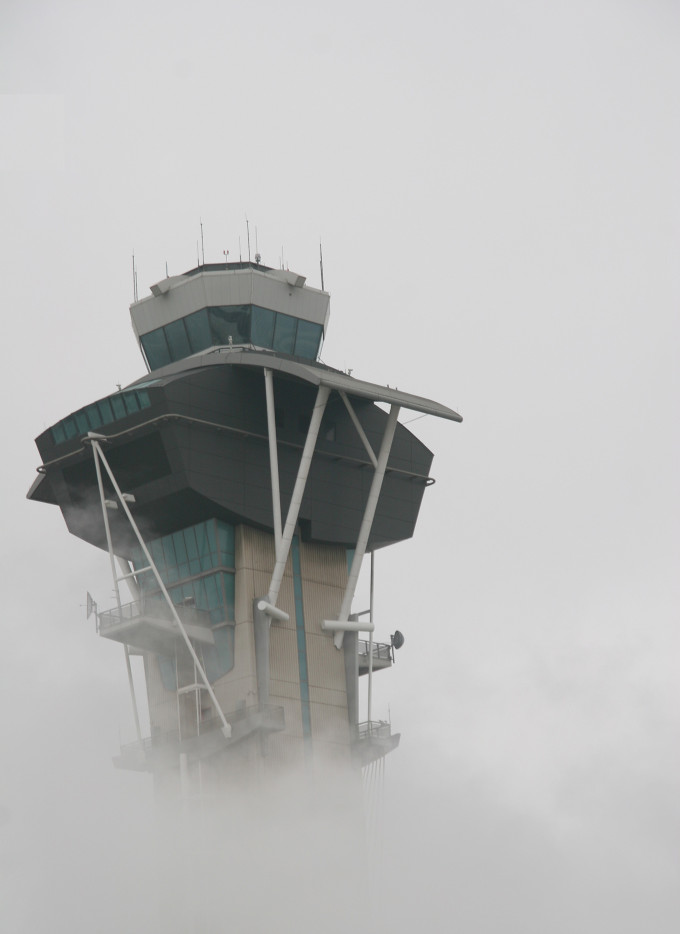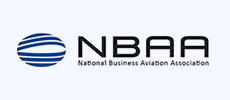Fog can make navigation in the air, on the water, and on the ground challenging. But what causes this weather phenomenon to occur and what can you do to improve safety when it does? Here is the 411 to help clear up any confusion.
What is Fog?
Fog is, essentially, a cloud at ground level. It is composed of tiny drops of water or ice crystals in the air that often (though certainly not only) form when the air temperature and dew point temperature are the same.
Fog can be light and found only in low-lying areas or it can be quite dense and widespread. When the latter is the case, fog can cause a wide range of traffic nightmares for people who are flying, sailing, or driving because of its limiting impact on visibility.
Fog is most commonly experienced late at night or early in the morning and often. It will “burn off” as the sun rises because the ground warms up to a point where the air temperature exceeds the dew point temperature.
Another way fog commonly forms is in response to water evaporating from the surface to the air in a manner that raises the dew point causing condensation to occur.
Types of Fog
There are many different types of fog that impact different areas at different times and in response to different environmental surroundings and events. You’ve probably heard your local meteorologist use one or more of these terms from time to time.
Radiation Fog: At night, the heat the earth absorbed throughout the day is radiated into the air causing water droplets to form, causing fogging close to the ground. This type of fog, known also as ground fog, generally happens at night and dissipates in the morning as the sun rises, according to National Geographic.
Frontal Fog: This type of fog occurs when warm raindrops fall in cooler air. As a result, evaporation occurs pulling enough moisture into the cold air to generate fog.
Freezing Fog: Water droplets within freezing fog are super-cooled so that they remain liquid until they come into contact with a surface and then they freeze, leaving a coat of ice behind on the surface.
Upslope Fog: The National Weather Service describes upslope fog as the type of fog that forms when light winds drive moist air from lower levels up a hill or mountainside to the point where the air becomes saturated and condensation results. Upslope fog often covers a large area and occurs fairly far below the peak of the mountain or hill in question.
Fog and Flying
Flying is considerably more difficult when there is a lot of fog – especially the part of the flight that involves landing. In fact, airport controllers work in rooms called Visual Control Rooms because they allow the controllers to look out the window and actually see the aircraft they are working hard to bring in safely.
Daily Mail reports that pilots in Dublin land using autopilot when visibility is too low though this is not always the case. Some rely on other low visibility procedures, such as radar. Other planes rely on Instrument Landing Systems that provide a beam of light that guides them to the runway and throughout the landing process.
This procedure is much slower than traditional landing methods, per NATS Blog, because it is so important to keep the beam free of interference. This means that the spacing between aircraft landings needs to be increased. The end result is a number of delayed flights, but improved safety for landing aircraft.
Private Charter Benefits when Dealing with Fog
Private aviation offers a massive fog benefit that you will not find when flying commercial airliners – flexibility.
When the fog lifts, you can reschedule the flight at your convenience. You are not left sitting out the delay in a crowded airport waiting for your flight’s spot in the pecking order. Plus, with private jet charters, you don’t have to go through the aggravation of rerouting connecting flights that are missed as a result of fog delays.
Call Presidential Aviation to clear up any questions you have about private jet flying and fog, and to schedule your next charter flight today.

